Growth of Online Food Delivery Services
The proliferation of online food delivery services has transformed the Poke Food Market, providing consumers with convenient access to poke bowls from the comfort of their homes. This trend reflects a broader shift in dining habits, where convenience and speed are paramount. Data shows that the online food delivery market is expected to grow by over 10% annually, with poke offerings becoming increasingly popular among delivery options. As more consumers opt for delivery services, restaurants are adapting their business models to cater to this demand, often creating specialized menus for delivery. This shift not only expands the customer base but also enhances the visibility of poke cuisine. The Poke Food Market stands to benefit significantly from this trend, as it aligns with the evolving preferences of modern consumers seeking quick and healthy meal solutions.
Rising Demand for Healthy Eating Options
The Poke Food Market experiences a notable surge in demand for healthy eating options. Consumers increasingly prioritize nutritious meals, leading to a shift towards fresh, raw ingredients commonly found in poke bowls. This trend aligns with broader dietary preferences that emphasize whole foods and balanced nutrition. According to recent data, the market for healthy food options is projected to grow at a compound annual growth rate of approximately 8% over the next five years. This growth is indicative of a larger movement towards health-conscious dining, which the Poke Food Market is well-positioned to capitalize on. As more individuals seek out meals that support their wellness goals, the appeal of poke bowls, rich in omega-3 fatty acids and vitamins, becomes more pronounced. Consequently, restaurants and food outlets are adapting their menus to include poke offerings, further driving market expansion.
Culinary Innovation and Flavor Exploration
Culinary innovation plays a pivotal role in the Poke Food Market, as chefs and food entrepreneurs experiment with diverse flavor profiles and ingredient combinations. This trend reflects a broader consumer desire for unique dining experiences that go beyond traditional offerings. The incorporation of global flavors, such as spicy sauces, tropical fruits, and various toppings, enhances the appeal of poke bowls. Market data suggests that restaurants introducing innovative poke variations see a significant increase in customer interest and sales. This creative approach not only attracts adventurous eaters but also encourages repeat visits from customers eager to try new combinations. As the Poke Food Market continues to evolve, the emphasis on culinary creativity is likely to drive further growth, appealing to a wide range of palates and preferences.
Cultural Influence and Social Media Trends
Cultural influences and social media trends are shaping the Poke Food Market, as platforms like Instagram and TikTok drive interest in visually appealing food. The vibrant colors and artistic presentation of poke bowls make them highly shareable, encouraging consumers to showcase their meals online. This phenomenon has led to a surge in popularity, particularly among younger demographics who are influenced by social media trends. Market analysis indicates that restaurants leveraging social media marketing strategies experience increased foot traffic and engagement. As the Poke Food Market capitalizes on this cultural shift, it fosters a community of enthusiasts eager to explore and share their poke experiences. The interplay between culinary art and social media is likely to continue driving growth, as visual appeal becomes a key factor in consumer decision-making.
Increased Awareness of Sustainable Practices
Sustainability has emerged as a critical driver within the Poke Food Market, as consumers become more conscious of the environmental impact of their food choices. The demand for sustainably sourced seafood and organic ingredients is on the rise, prompting restaurants to adopt eco-friendly practices. Data indicates that a significant portion of consumers, approximately 70%, are willing to pay a premium for sustainably sourced products. This trend not only aligns with ethical considerations but also enhances brand loyalty among environmentally conscious diners. As the Poke Food Market embraces sustainable practices, it positions itself favorably in a competitive landscape, appealing to a demographic that prioritizes responsible consumption. The integration of sustainability into business models is likely to become a defining characteristic of successful poke establishments.


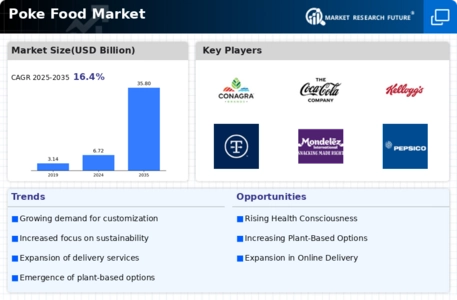
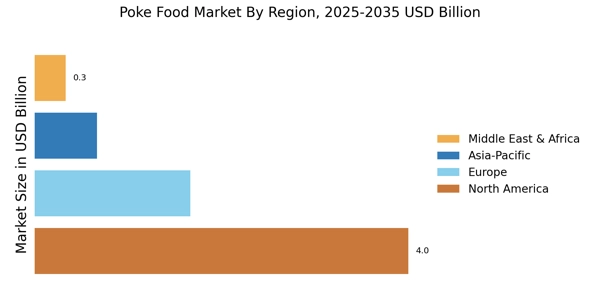

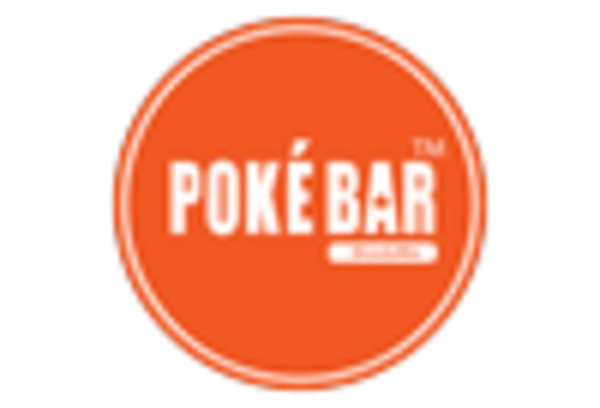

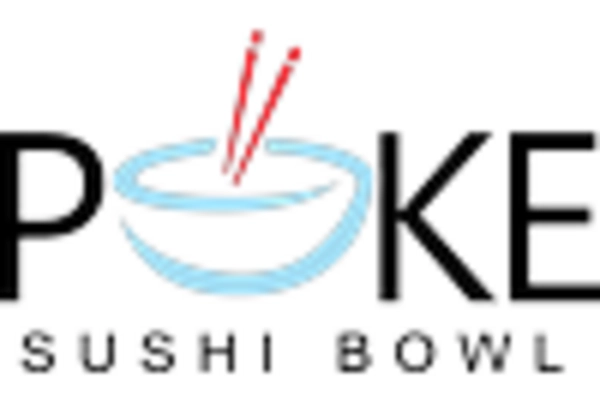
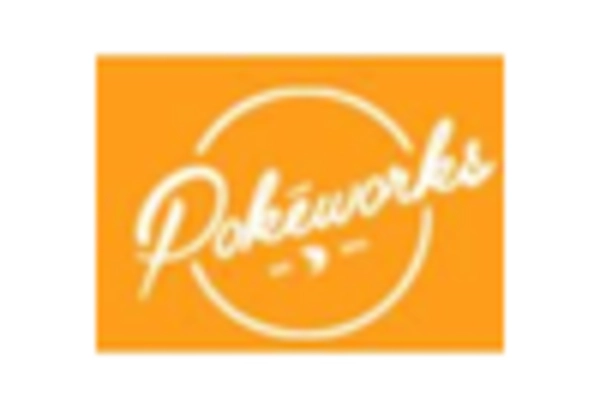









Leave a Comment